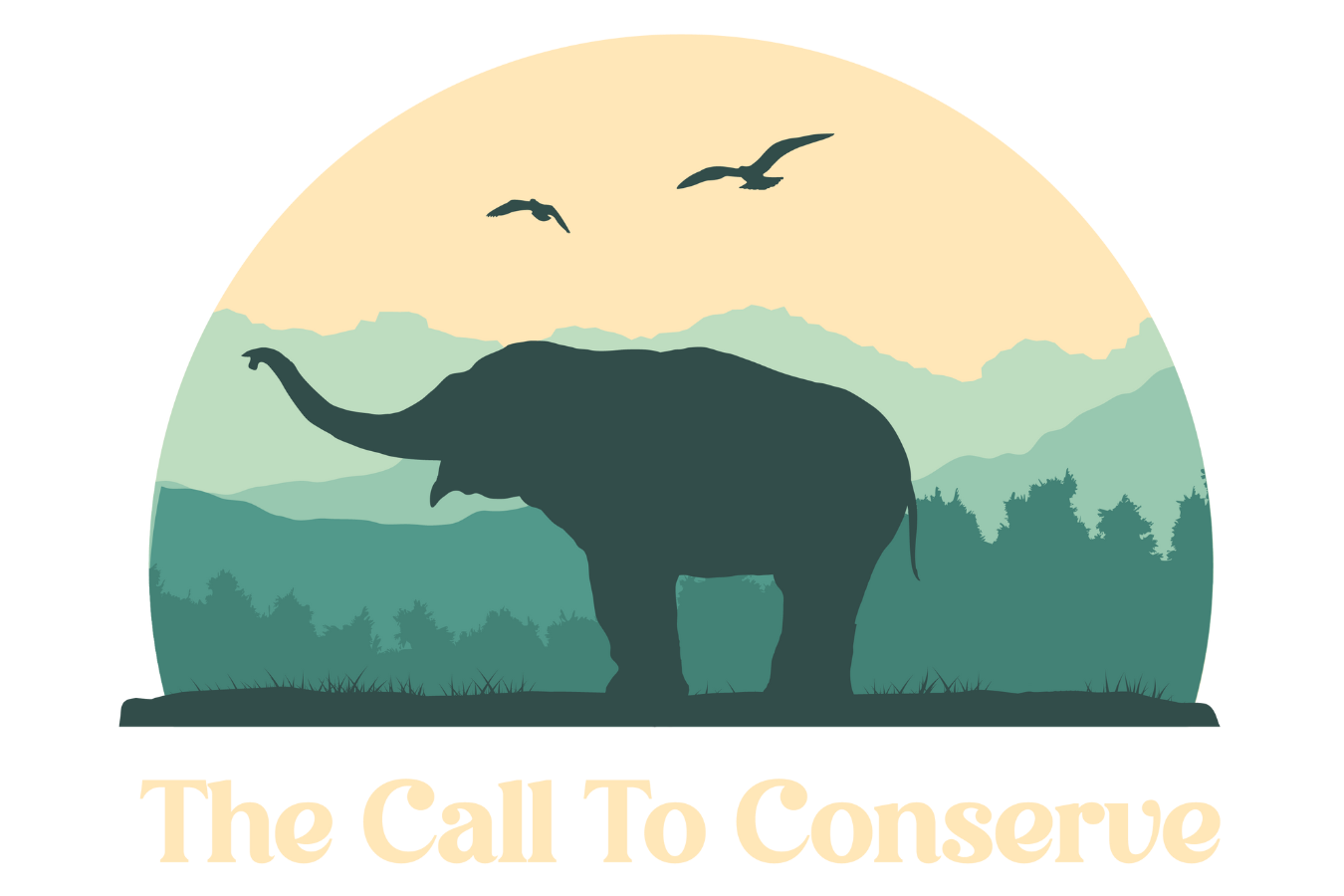Wyoming’s push to bring back grizzly bear hunting
The Yellowstone Grizzly Bear population is again at risk with the potential threat of hunting opening back up in Wyoming. Their species was at an all-time low of 100 individuals in 1975, which led to the species gaining protection status from the US government. Almost 50 years later and the Yellowstone bears have bounced back to around 1000 individuals. However, now that their numbers have rebounded, Wyoming representatives are eager to remove their protection in the state.
This is mainly a result of increasing cases of human-grizzly conflict in the state. Unfortunately, with more bears comes a higher demand for resources, which can often result in the death of livestock. The Wyoming Game and Fish Department already kills nearly 40 bears per year due to raiding crops, killing livestock, or causing other problems for humans. It’s time we reevaluate the “solutions” being implemented to ensure we’re looking out for the environment, wildlife, and human life.
Why Grizzly Bears Are Important
It’s imperative to discuss this potential legislation shift because grizzly bears are considered a keystone species. This means that they directly impact several other species, and without them, the ecosystem is likely to collapse. We saw something similar when wolves were taken out of Yellowstone National Park due to human-wildlife conflict and an overall stigma around the species being near human settlement.
After the wolves were removed, the ecosystem started getting overrun with deer. They ate through so many bushes and trees that there was no shade over the rivers where fish were spawning. The water became overgrown with algae and other plant materials, fish started to die, and the river began to dry up because it couldn’t flow.
If the primary water source is taken out of the ecosystem, several other species will also begin feeling the impact of the changing environment. This is all because one species was removed from the ecosystem. However small our actions may seem sometimes, they cause a domino effect that can ultimately come back to haunt us. With an unhealthy ecosystem, humans can no longer utilize freshwater sources. They can’t fish and their crops are less likely to thrive because of a reduction in pollinators and an increase in species like deer and rodents that will eat through crop fields.
A similar fate awaits Wyoming if the grizzly bear population starts to get demolished once again. Although it can seem inconvenient to share space with certain species, we rely on them. The wildlife in and around Wyoming brings tourism to the region which many business owners rely on. Several small towns, like Jackson Hole, revolve around tourists frequenting the region. With a loss of wildlife comes unmeasurable impacts on human life.
HUMAN-WILDLIFE CONFLICT IN YELLOWSTONE
This topic cannot properly be covered without also mentioning the severity of the human-wildlife conflict. Not only in Wyoming but all around the world. It’s all too easy to “pick a side” in this conflict; however, we must step out of the winner and loser mindset and instead approach it with the welfare of both parties in mind.
In many regions of the world, there is little being done to regulate this conflict, and therefore, humans are dying either from confrontation with animals or from a lack of income and/or food from their livestock or crops being eaten by other species. Or, what’s being done to regulate these incidents is simply removing or killing the animal so that it can no longer disturb humans. This is at best a temporary fix until another individual of the same species comes along, and at worst, the beginning of a population being demolished.
The solution is never to choose a side and only fight for that cause. The key is to look at both sides as equal parties. Both sides deserve to be in their home, to have food, water, and the necessary resources to survive. Shooting a bear that’s seeking resources on the wrong side of the park boundary isn’t the solution, just like telling people to just deal with it or move isn’t the solution.
Therefore, I’d encourage you to fight the urge to automatically go into thoughts like “humans need to be more tolerant” or “wildlife needs to be more regulated.” Because these thoughts only reinforce in your mind that one party in this conflict needs to be in the wrong, which isn’t the case. This is also the mentality that drives irrational solutions… like removing a keystone species from a vital ecosystem.
By breaking out of these thought patterns, we can develop more innovative solutions that are more likely to benefit the planet rather than hurt it. Without new ways of thinking, we will continue to deplete our resources which will only increase human-wildlife conflict.
Let’s keep this conversation going. I’d love to hear your stance on this complex issue. What innovative solutions can you come up with?
🐘 We're proud to partner with SafetyWing to provide travel insurance for ethical travelers.
When you use our affiliate link, you’re directly supporting our nonprofit’s work in wildlife welfare and ethical tourism.
Learn More & Get Covered

